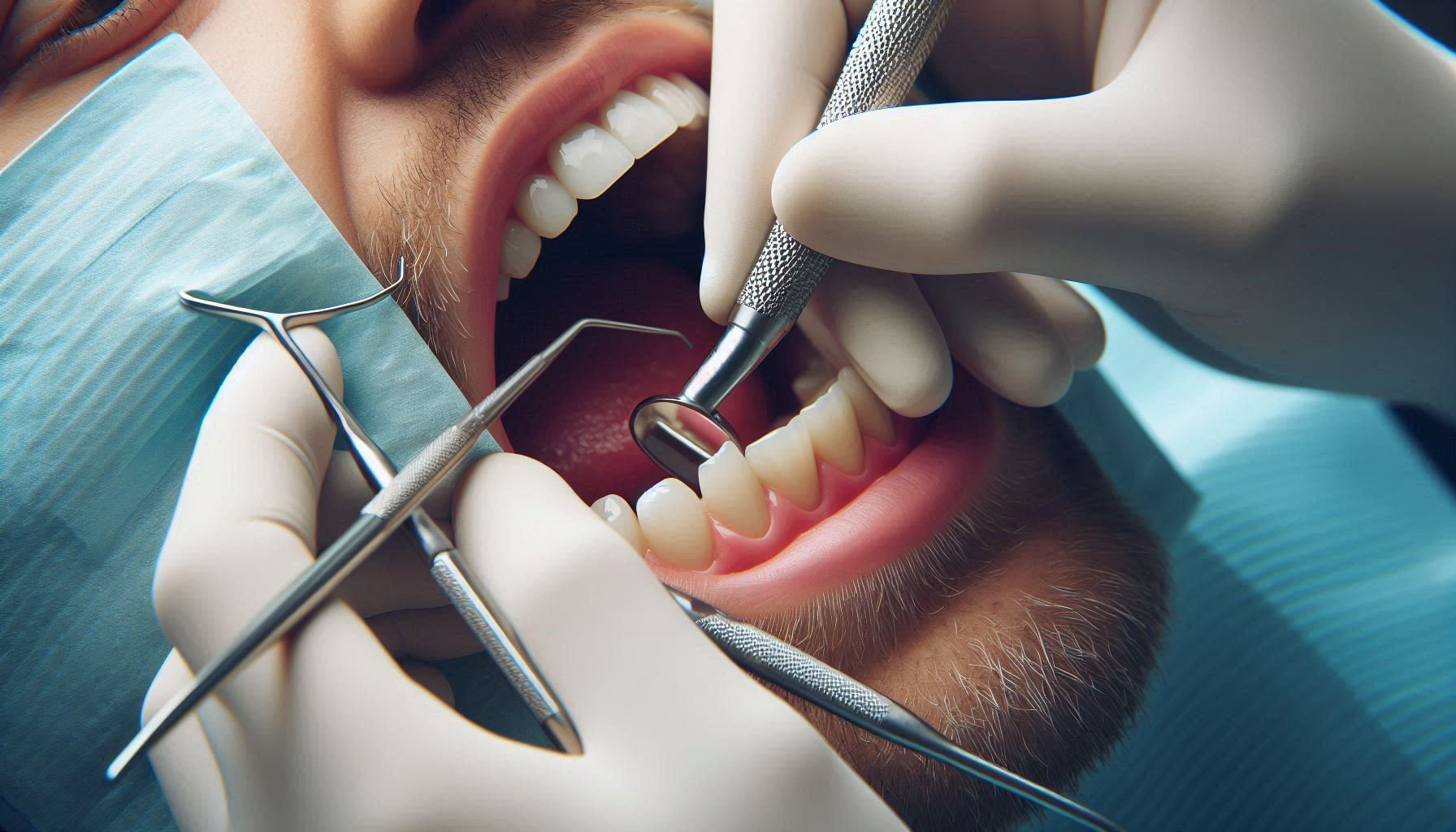A root canal is a common dental procedure used to treat infection or damage within the pulp of a tooth. The procedure is essential for saving a tooth that would otherwise need to be extracted. If you’ve been advised to have a root canal, you may have questions about what the procedure entails, why it’s necessary, and what you can expect. In this article, we’ll take you through the basics of root canal treatment, its benefits, and how you can care for your tooth afterward.
What Is a Root Canal?
A root canal is a treatment designed to repair and save a tooth that has become infected or severely decayed. The procedure involves the removal of the damaged pulp (the soft tissue inside the tooth), cleaning and disinfecting the area, and filling the space to prevent future infection.
The pulp of a tooth contains nerves, blood vessels, and connective tissue. If this pulp becomes infected due to deep decay, cracks, or injury, it can lead to pain, abscesses, or further damage to the tooth. A root canal removes this infected pulp and restores the tooth, allowing you to keep your natural tooth intact rather than having it extracted.
Why Is a Root Canal Necessary?
A root canal is necessary when the pulp of a tooth becomes infected or inflamed, often due to:
- Deep Tooth Decay: If a cavity goes untreated for a long time, it can progress deeper into the tooth and reach the pulp, leading to infection.
- Cracked or Chipped Teeth: Trauma to a tooth can cause the pulp to become exposed or infected, requiring a root canal to prevent further damage.
- Infection or Abscess: When bacteria enter the pulp, they can cause an infection or abscess at the root of the tooth, leading to severe pain and potential spread to other parts of the body.
- Extreme Tooth Sensitivity: Unexplained pain or prolonged sensitivity to hot or cold may indicate that the tooth’s pulp is compromised, necessitating a root canal treatment.
The Root Canal Procedure: What to Expect
The root canal procedure is typically completed in one or two visits, depending on the severity of the infection and the complexity of the tooth. Here’s what you can expect during the procedure:
1. Diagnosis and Preparation:
- Your dentist will first take an X-ray to assess the extent of the damage and infection.
- They will numb the area around the affected tooth using a local anesthetic to ensure you are comfortable during the procedure.
2. Removal of the Infected Pulp:
- Once the area is numbed, the dentist will create a small opening in the crown (top) of the tooth to access the pulp.
- The infected or damaged pulp is carefully removed using specialized tools.
3. Cleaning and Shaping:
- After the pulp is removed, the dentist will thoroughly clean and shape the root canals to remove any remaining infection and prepare the space for filling.
- This step is crucial to ensure the tooth is free from bacteria and debris.
4. Filling the Canals:
- After cleaning, the dentist will fill the empty space with a biocompatible material, usually gutta-percha, which seals the tooth and prevents future infection.
- In some cases, a temporary filling may be placed until a permanent restoration (like a crown) can be fitted.
5. Final Restoration:
- In most cases, a tooth that has had a root canal will need a crown to restore its strength and appearance. The dentist will take an impression of the tooth and fit you with a temporary crown while the permanent one is being created.
- Once the permanent crown is ready, it will be placed over the tooth to provide long-lasting protection.
Benefits of Root Canal Treatment
While many people fear the idea of a root canal, the procedure offers significant benefits for preserving your natural teeth:
- Pain Relief: Root canals eliminate the infection causing pain and discomfort, providing significant relief for toothache or sensitivity.
- Preservation of Your Natural Tooth: The primary benefit of a root canal is that it allows you to keep your natural tooth, rather than opting for extraction. Preserving your natural teeth helps maintain proper alignment and functionality.
- Improved Functionality: After the procedure, the tooth can be restored to its full function, allowing you to chew and speak comfortably again.
- Preventing Further Infection: The cleaning and sealing of the root canals prevent bacteria from re-entering and causing further infections or abscesses.
- Cost-Effective in the Long Run: Root canal treatments are often more cost-effective than tooth extraction followed by implant placement or other restorative treatments.
Post-Procedure Care:
After a root canal procedure, it’s essential to follow proper aftercare to ensure that the treated tooth heals properly:
- Pain Management: You may experience mild discomfort or swelling for a few days after the procedure, which can be managed with over-the-counter pain relievers, as advised by your dentist.
- Avoid Chewing on the Treated Tooth: For the first few days, avoid chewing on the tooth that has had the root canal, especially if it hasn’t yet received a crown. This helps prevent damage to the temporary filling.
- Maintain Good Oral Hygiene: Brush your teeth gently and floss regularly to prevent infection in the treated area. Be sure to follow your dentist’s advice on oral care after the procedure.
- Monitor for Complications: If you experience severe pain, swelling, or signs of infection (such as fever), contact your dentist immediately for a follow-up evaluation.
Signs That You May Need a Root Canal:
Some of the common signs that you may need a root canal treatment include:
- Persistent or severe tooth pain, especially when chewing or applying pressure.
- Prolonged sensitivity to hot or cold foods and beverages.
- Swelling or tenderness in the gums near the affected tooth.
- Darkening of the tooth.
- A pimple-like bump on the gums that may ooze pus.
If you experience any of these symptoms, it’s important to see a dentist as soon as possible to prevent the infection from spreading or causing further damage.
Root Canal Myths vs. Facts
Myth 1: Root canals are very painful.
Fact: Thanks to modern anesthetics, root canals are no more painful than having a filling. The pain you experience prior to the treatment is often the result of the infection, which is alleviated after the procedure.
Myth 2: Root canals are only for older adults.
Fact: Root canals can be necessary at any age if there is significant damage or infection in the pulp of the tooth. Children and young adults can also require root canals due to trauma or deep decay.
Myth 3: A root canal will weaken the tooth.
Fact: While the pulp is removed during a root canal, the tooth is preserved and strengthened with a crown, which restores its function and structure.
Conclusion
Root canal treatment is an effective and necessary procedure that can save your natural teeth and relieve painful symptoms caused by infection or decay. While the thought of a root canal may seem daunting, it’s important to remember that modern techniques have made the procedure relatively comfortable and highly successful.
By addressing dental issues early and following the necessary care instructions after the procedure, you can restore the health and functionality of your teeth, allowing you to enjoy your smile for many years to come. Don’t hesitate to consult with your dentist if you experience symptoms that could indicate a problem with your tooth—getting timely treatment will ensure your oral health remains at its best.



